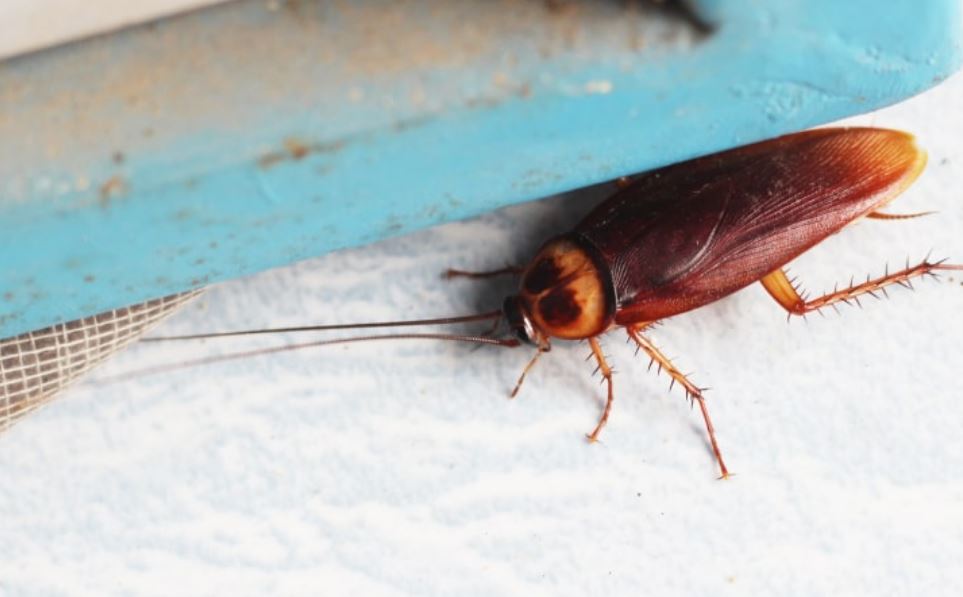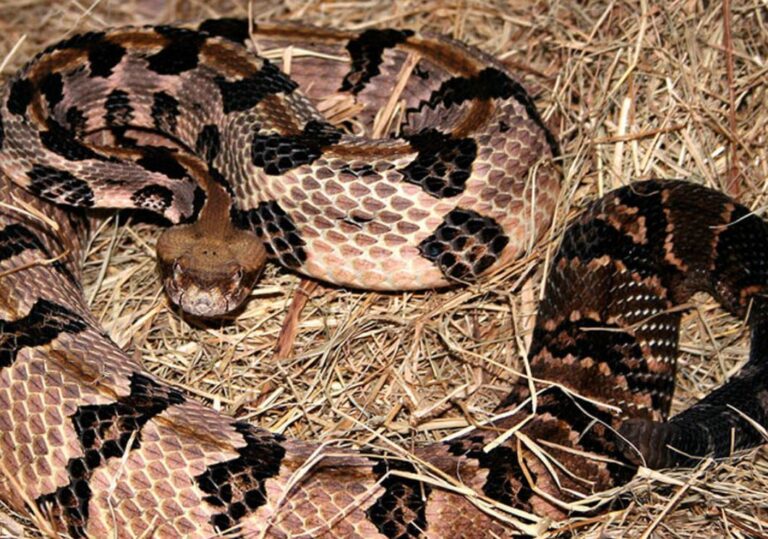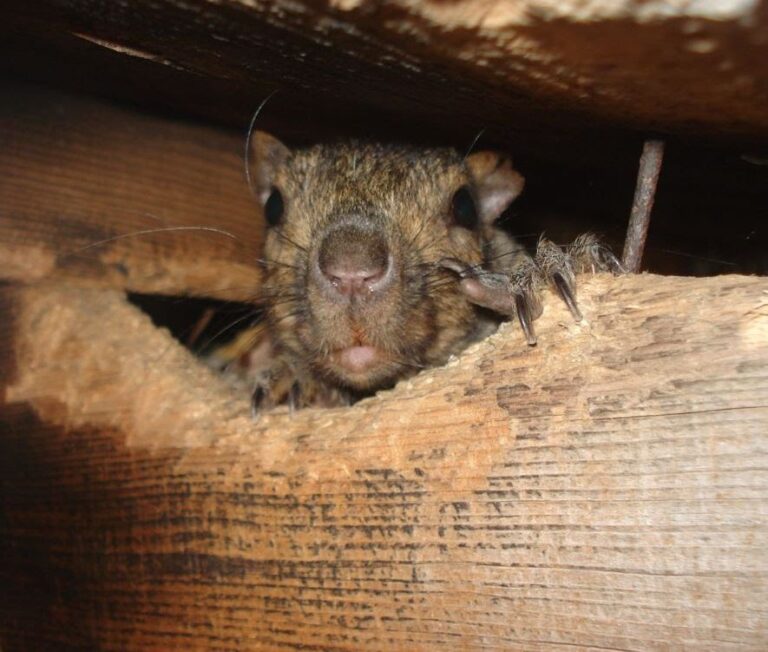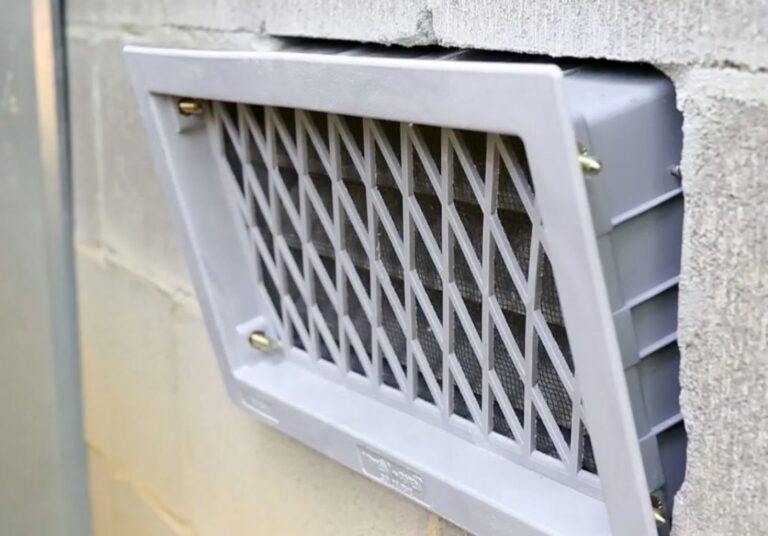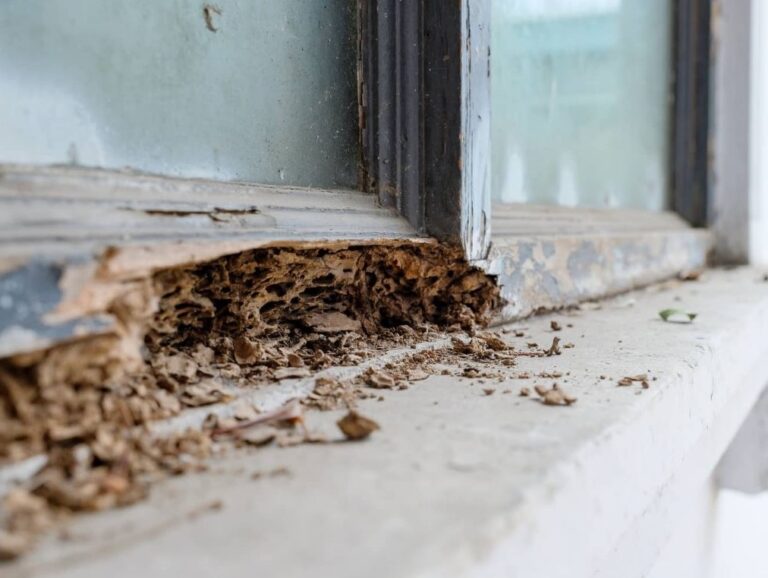Cockroach vs. Palmetto Bug: What’s the Difference?
Few pests evoke as much disgust and frustration as cockroaches. But if you’ve heard the term “palmetto bug” thrown around, you might wonder: Is there a difference, or is it just a fancy name for the same creepy crawler?
The truth is, all palmetto bugs are cockroaches—but not all cockroaches are palmetto bugs. Confused? Let’s break down the key differences between these notorious insects, their habits, and why knowing which one you’re dealing with matters for effective pest control.
What Is a Palmetto Bug?
The term “palmetto bug” is a regional nickname, primarily used in the southeastern United States, to describe certain species of cockroaches that thrive in warm, humid environments. The name comes from their tendency to hide in palmetto trees, a common plant in the South.
Common Cockroaches Called Palmetto Bugs
Two main cockroach species are frequently referred to as palmetto bugs:
- American Cockroach (Periplaneta americana)
- Size: 1.5 to 2 inches long (one of the largest common roaches)
- Color: Reddish-brown with a yellowish figure-eight pattern behind the head
- Habitat: Drains, sewers, basements, and mulch; often enters homes seeking moisture
- Flight Capability: Strong fliers
- Smoky Brown Cockroach (Periplaneta fuliginosa)
- Size: 1.25 to 1.5 inches long
- Color: Uniform dark brown or mahogany
- Habitat: Trees, leaf litter, and attics; highly attracted to light
- Flight Capability: Strong fliers
Both species prefer outdoor environments but will invade homes in search of food and water, especially after heavy rain.
How Are Palmetto Bugs Different from Other Cockroaches?
While palmetto bugs are technically cockroaches, not all roaches share the same traits. Here’s how they compare to other common species:
| Feature | Palmetto Bugs (American/Smoky Brown) | German Cockroach | Oriental Cockroach |
|---|---|---|---|
| Size | Large (1.5–2 inches) | Small (0.5 inch) | Medium (1 inch) |
| Color | Reddish-brown or dark brown | Light brown/tan | Dark brown/black |
| Preferred Habitat | Outdoors (trees, mulch) but enters homes | Indoors (kitchens, bathrooms) | Damp, cool areas (basements, drains) |
| Flight Ability | Strong fliers | Rarely flies | Cannot fly |
| Reproduction Speed | Moderate (slower than German) | Extremely fast (30–40 eggs per case) | Moderate (16 eggs per case) |
Key Differences in Behavior
- German cockroaches are indoor pests that multiply rapidly and infest kitchens.
- Oriental cockroaches (aka “water bugs”) prefer damp, cool areas like basements.
- Palmetto bugs are more likely to be occasional invaders rather than permanent indoor infestations.
Why the Confusion? Regional Nicknames & Misidentification
The term “palmetto bug” is often used to soften the stigma of cockroaches—especially in the South, where these pests are common. Some people mistakenly believe palmetto bugs are a separate, less disgusting species, but they are simply large roaches adapted to humid climates.
Common Misconceptions
- “Palmetto bugs are cleaner.” False—they still carry bacteria like salmonella.
- “They don’t infest homes.” While they prefer outdoors, they will come inside for food and moisture.
- “They’re a different species.” They’re just a subset of cockroaches with specific habitat preferences.
How to Prevent and Control Palmetto Bugs & Cockroaches
Since palmetto bugs are a type of cockroach, similar prevention methods apply:
- Seal Entry Points – Check windows, doors, and foundation cracks.
- Reduce Moisture – Fix leaks, use dehumidifiers, and eliminate standing water.
- Clear Debris – Keep mulch, leaves, and woodpiles away from your home.
- Proper Food Storage – Keep food in sealed containers and clean spills promptly.
- Professional Pest Control – For severe infestations, experts can apply targeted treatments.
Final Verdict: Same Pest, Different Name
While palmetto bug sounds less alarming than cockroach, they are the same pest—just a larger, outdoor-loving variety. Knowing which species you’re dealing with helps in applying the right pest control strategy.

